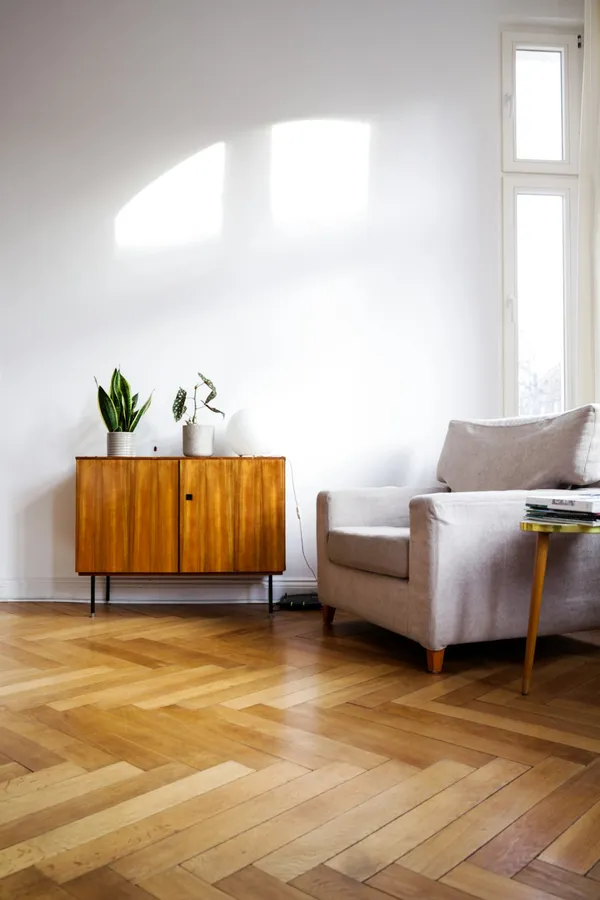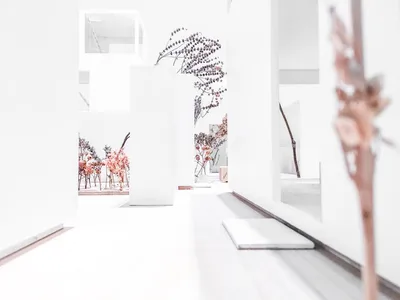Sustainable Interior Design: Eco-Friendly Choices for Your Home

Understanding Sustainable Interior Design
Sustainable interior design is more than just a trend; it's a movement towards creating spaces that not only reflect personal style but also respect the environment. Embracing eco-friendly choices within your home contributes to a healthier planet and often a healthier lifestyle.
Why Choose Sustainable Design?
Opting for sustainable interior design helps reduce the ecological footprint of your space. Using materials that are renewable, recyclable, and non-toxic supports environmental responsibility while potentially lowering future costs related to energy and resources.
Materials for Eco-Friendly Interiors
Natural and Recycled Materials
When choosing materials for a sustainable interior, prioritize the use of natural and recycled elements. Consider bamboo flooring, reclaimed wood furniture, and textiles made from organic fibers, which are not only beautiful but also durable and sustainable.
Low-VOC Paints
Conventional paints can release harmful volatile organic compounds (VOCs) into the air. Opt for low-VOC or VOC-free paints to enhance indoor air quality while adding a fresh, vibrant touch to your walls.
Incorporating Sustainable Practices in Home Design
Energy Efficiency
Improve energy efficiency by utilizing LED lighting, energy-efficient appliances, and smart home technology. These improvements not only reduce energy consumption but also lower utility bills.
Indoor Plants
Incorporate houseplants into your design for a natural touch that improves indoor air quality. Plants like snake plants, spider plants, and peace lilies are excellent at filtering toxins from the air.
Creating a Zero-Waste Home
A zero-waste approach aims to minimize waste by reusing, recycling, and thinking creatively about disposal options. Invest in durable goods, donate unwanted items, and compost organic waste to reinforce this philosophy.
Upcycling and Repurposing
Upcycling old furniture and repurposing items can give unique character to a home while contributing to a reduction in waste. For instance, transforming old shutter doors into rustic headboards or using glass jars as decorative storage can refresh a space ecologically.
Conclusion
Embracing sustainable interior design requires thoughtful consideration and a commitment to the environment. By selecting eco-friendly materials, integrating energy-efficient technologies, and focusing on zero-waste principles, you can transform your home into a sanctuary that respects and preserves the natural world.
Top Home Design Favorites
Discover our most popular home design articles, loved by our readers for their stylish and practical insights.



